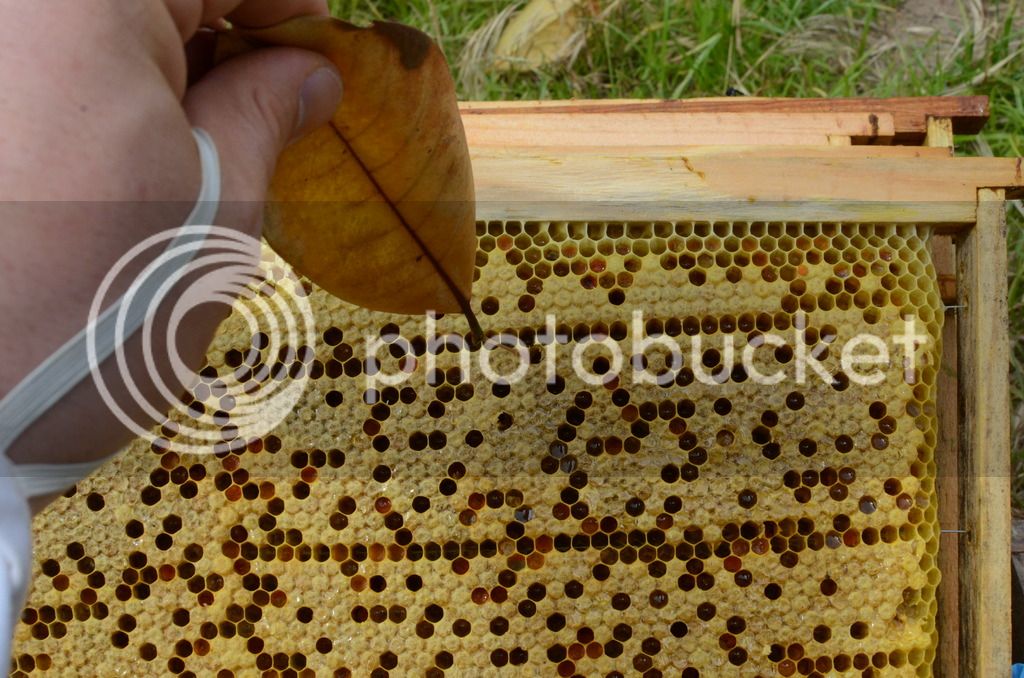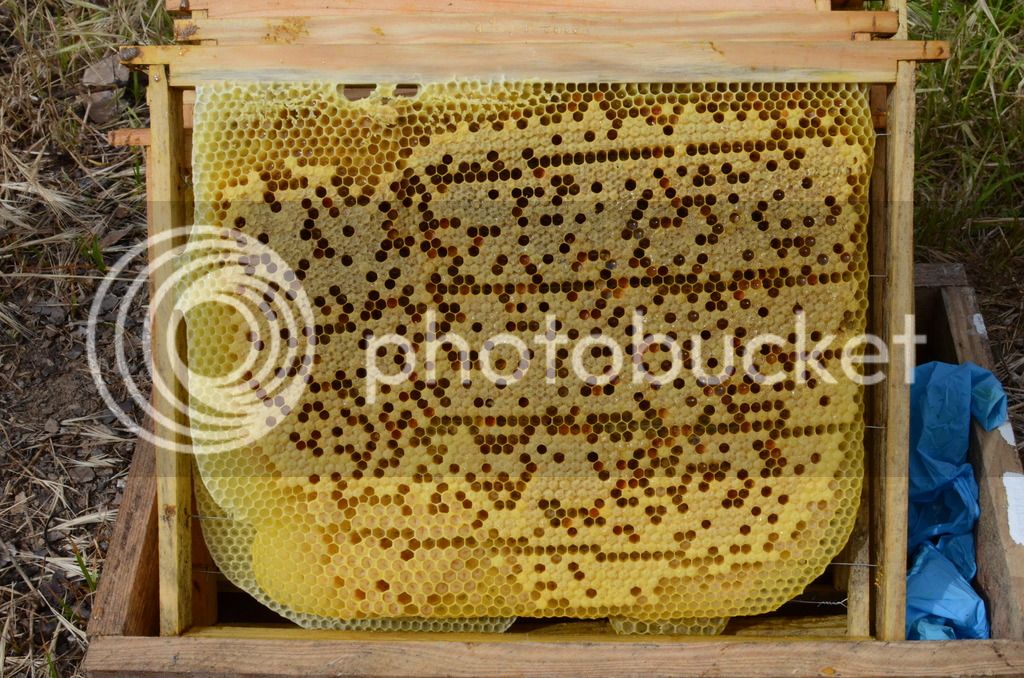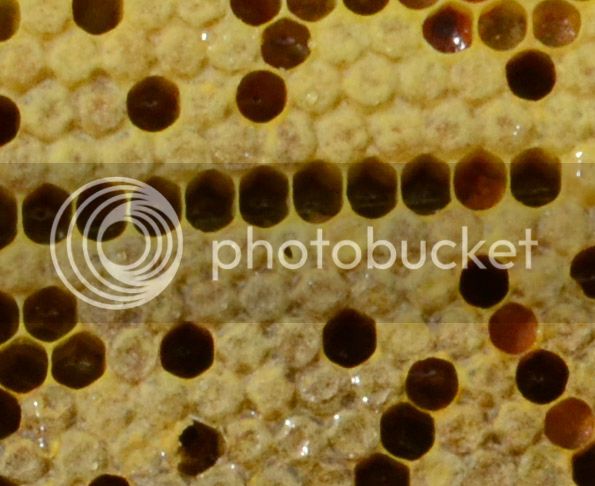Finman
Queen Bee
- Joined
- Nov 8, 2008
- Messages
- 27,887
- Reaction score
- 2,026
- Location
- Finland, Helsinki
- Hive Type
- Langstroth
, bees with a good immune system will never have a case of AFB. .
That is humbug. " I heard" things.
EFB you get rid of by changing the Queen. EFB is not bad disease.
Last edited:






















































